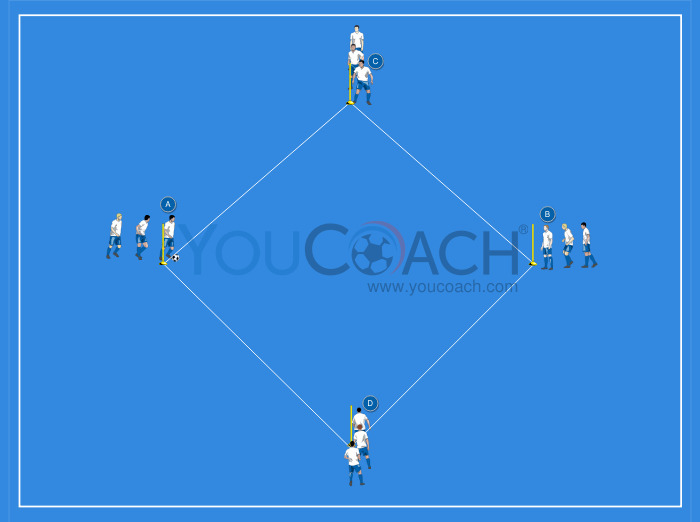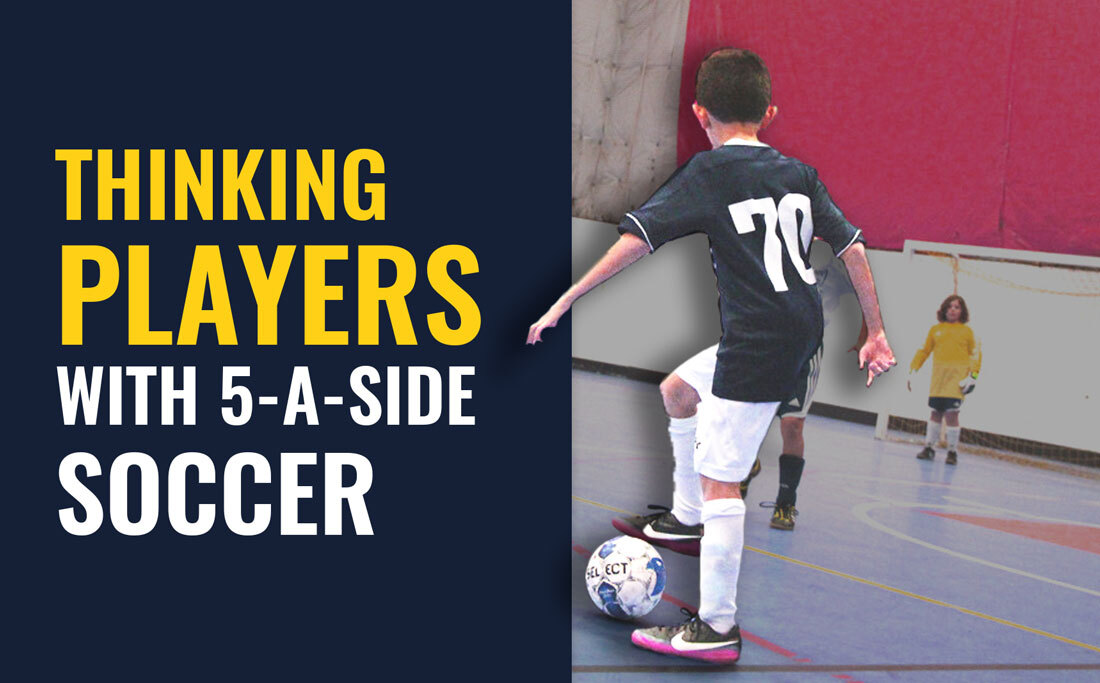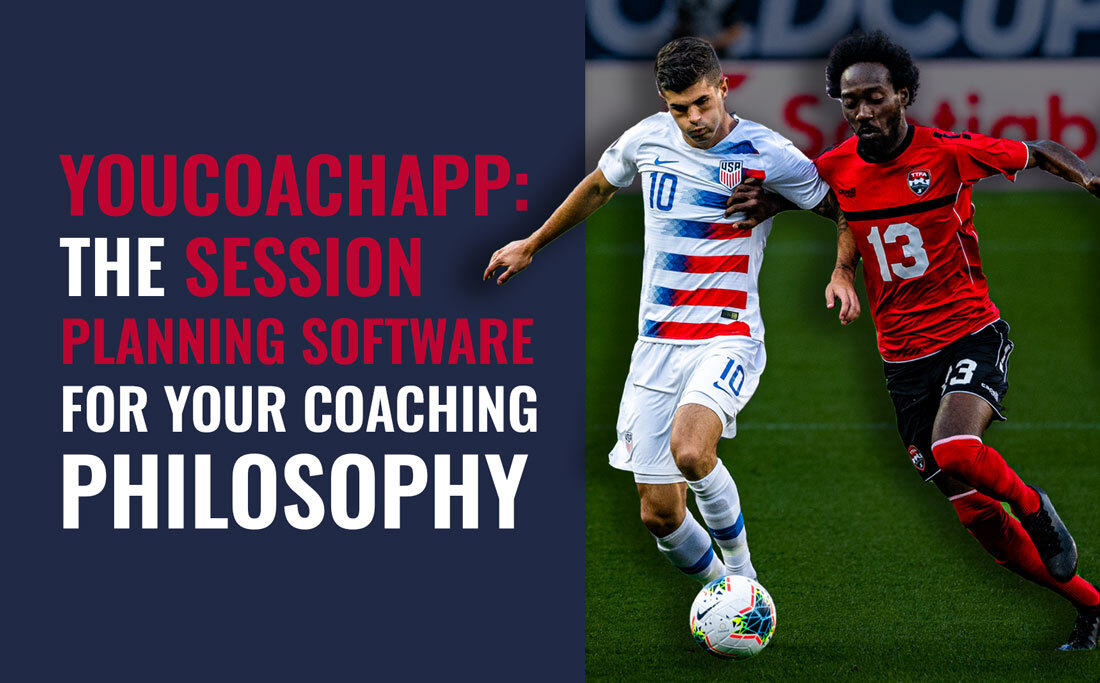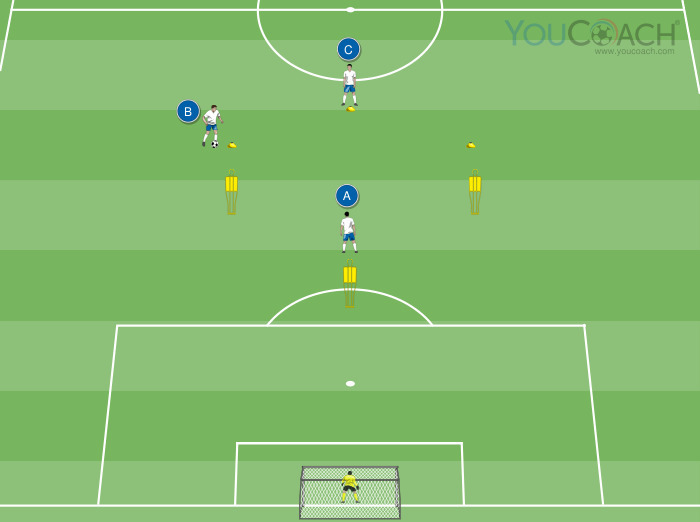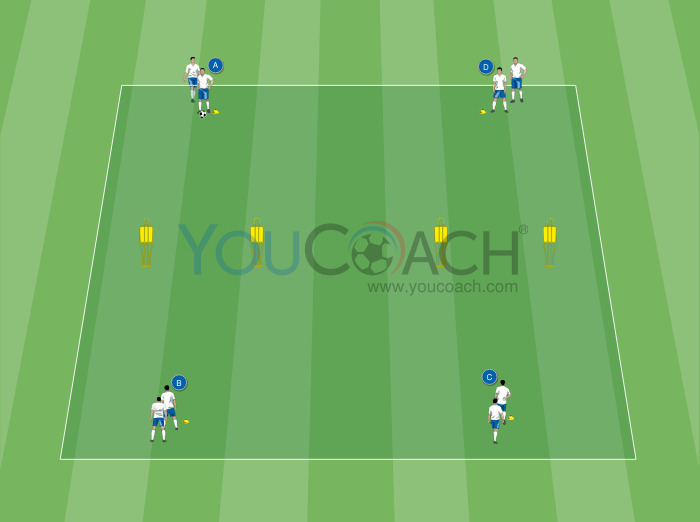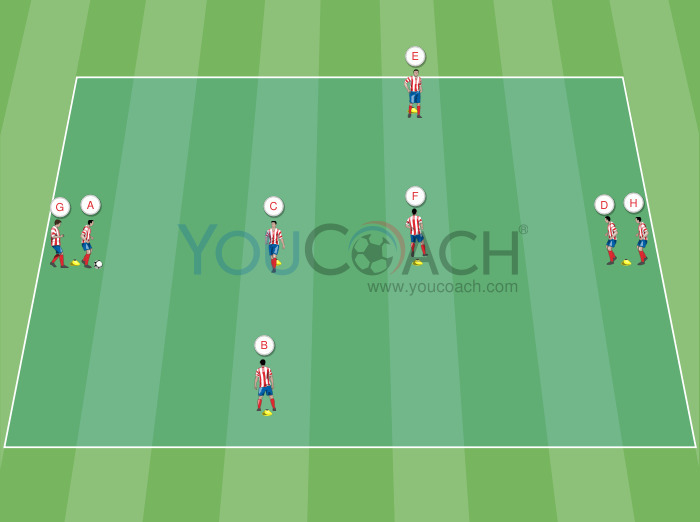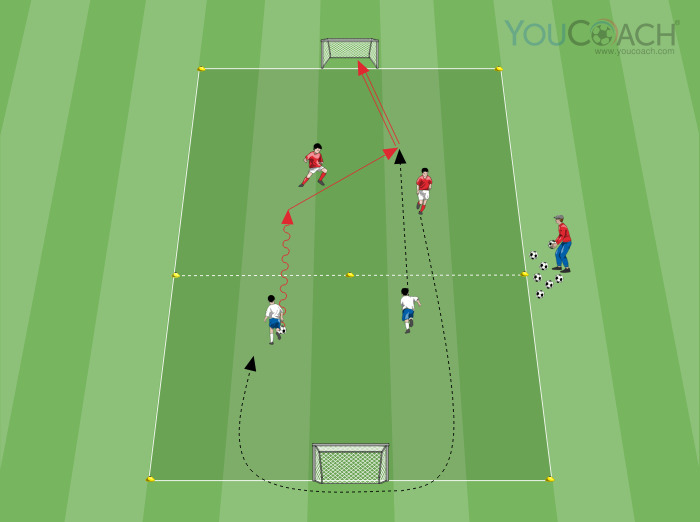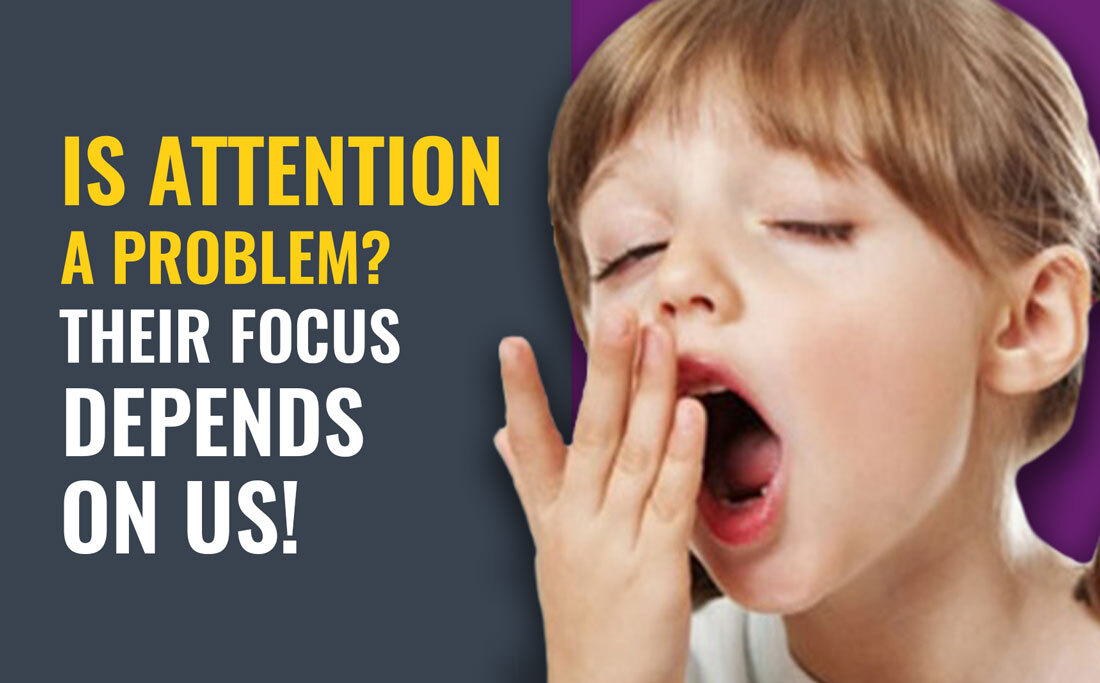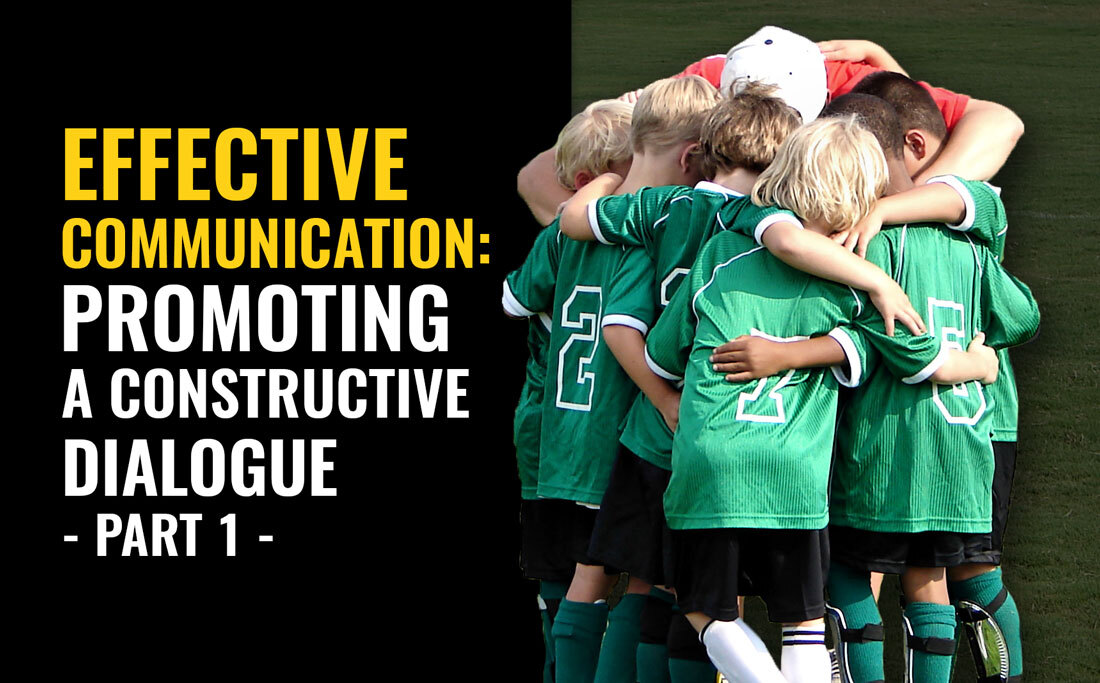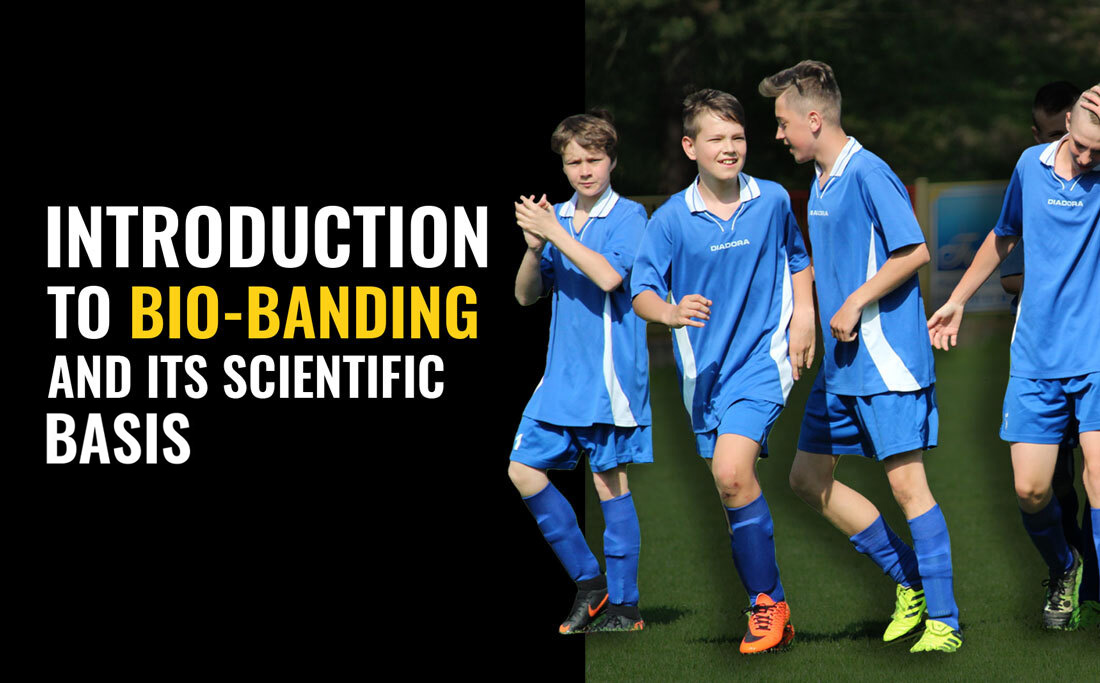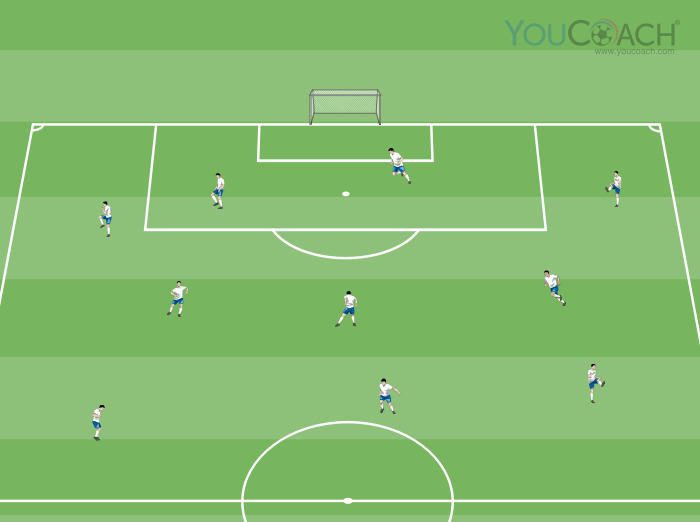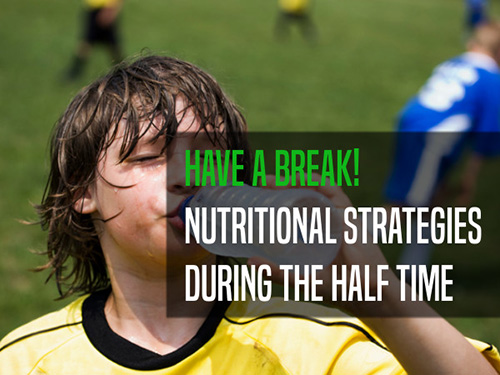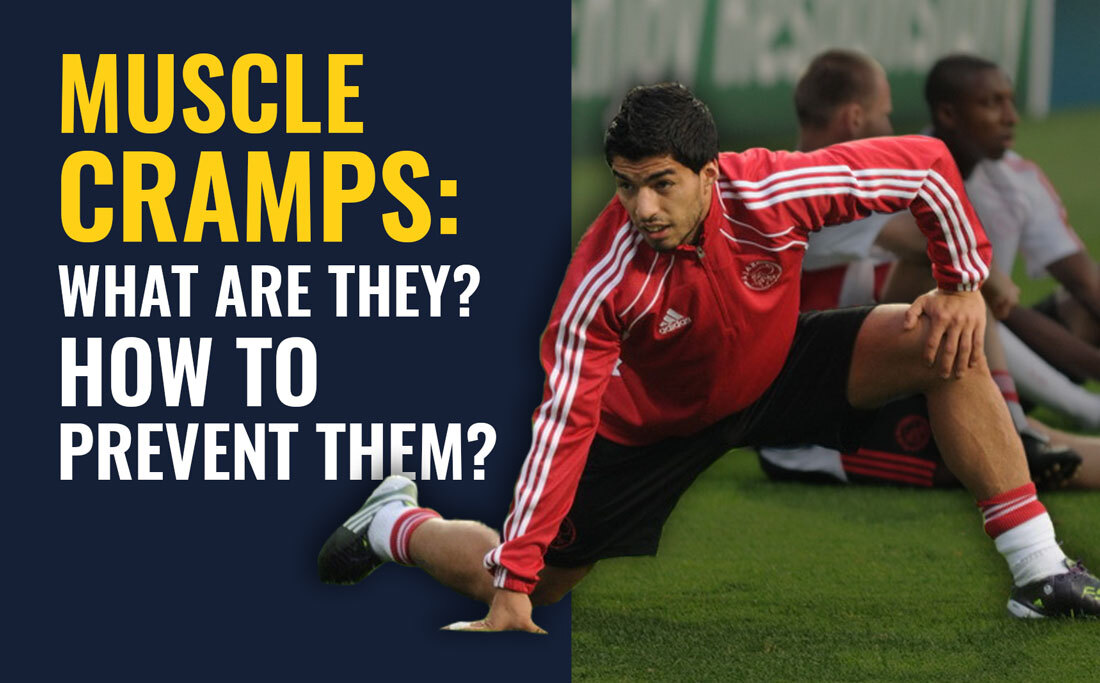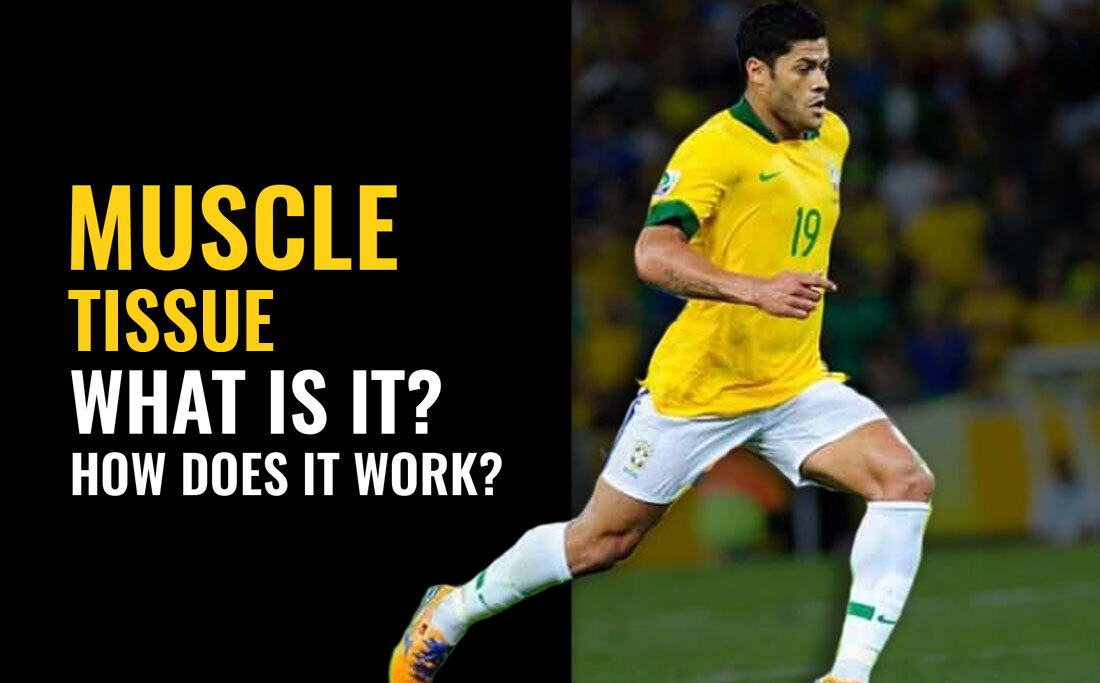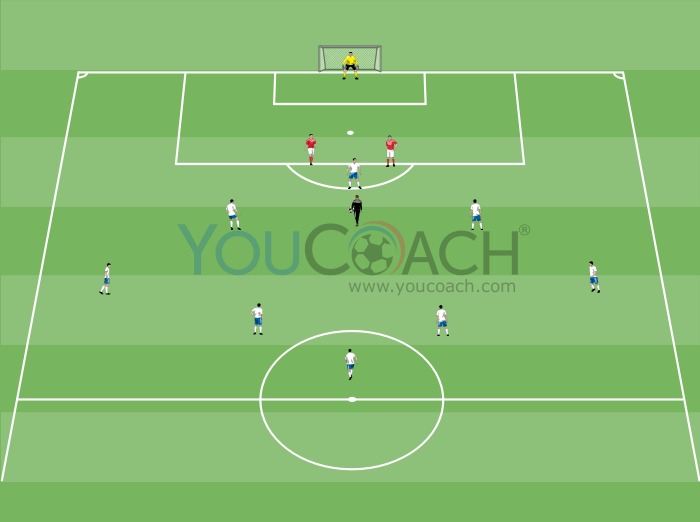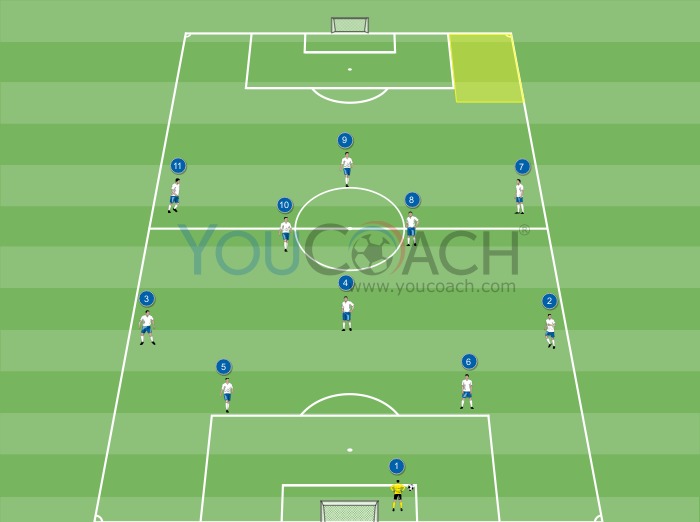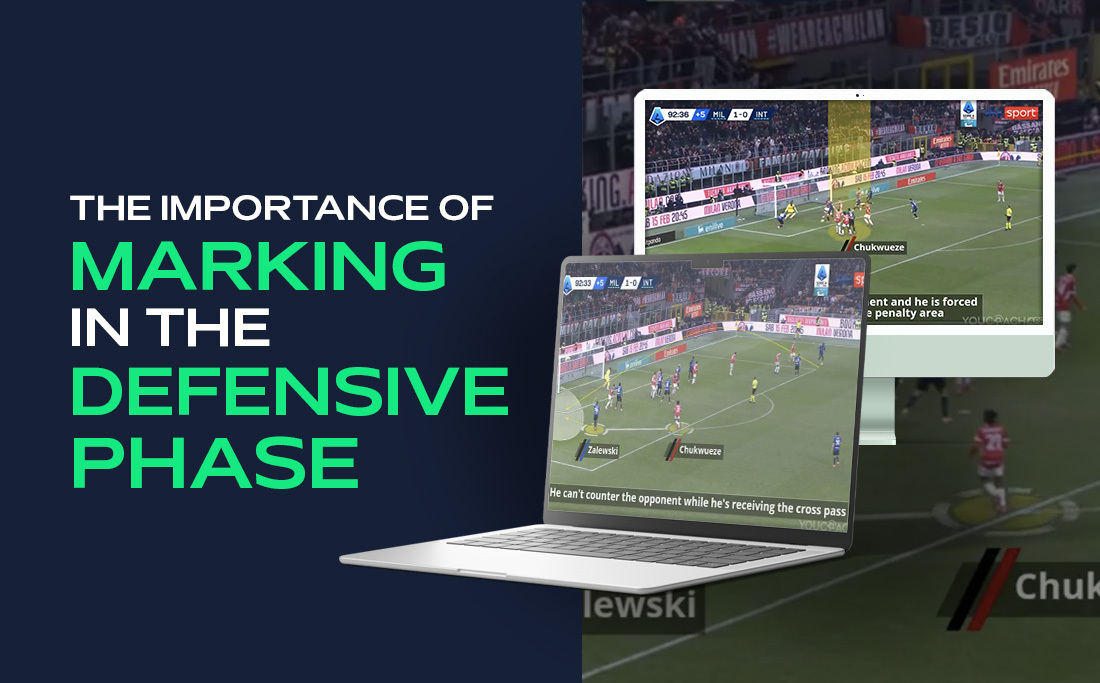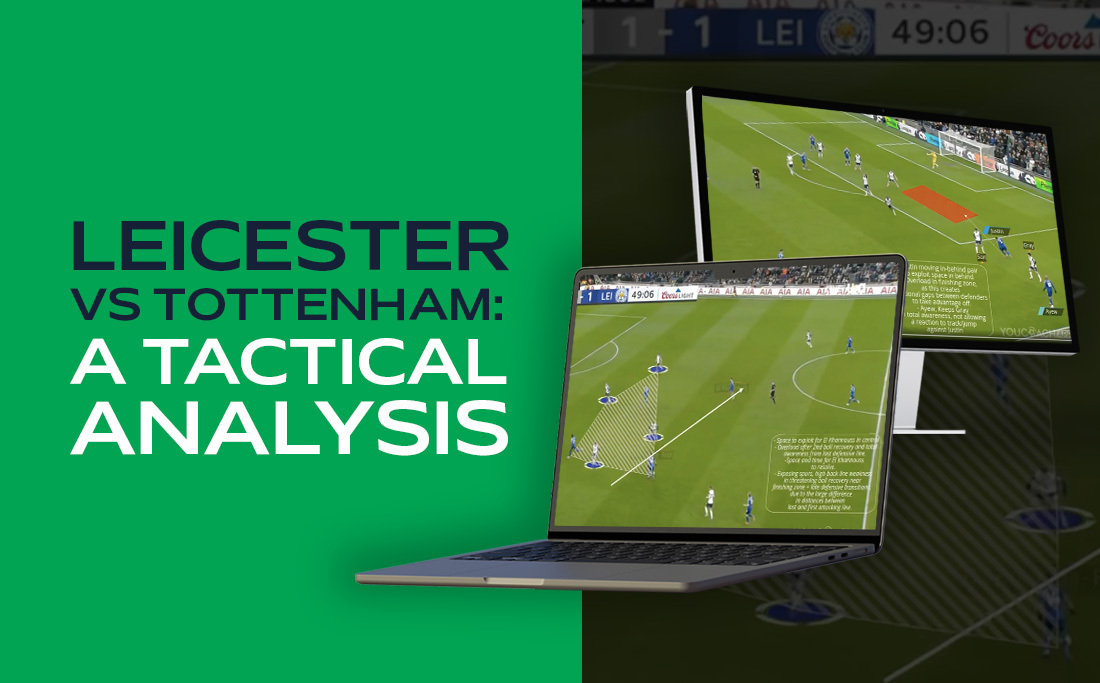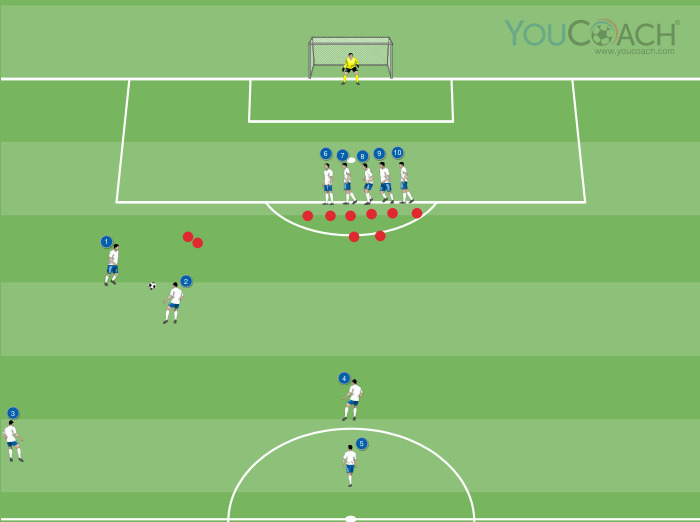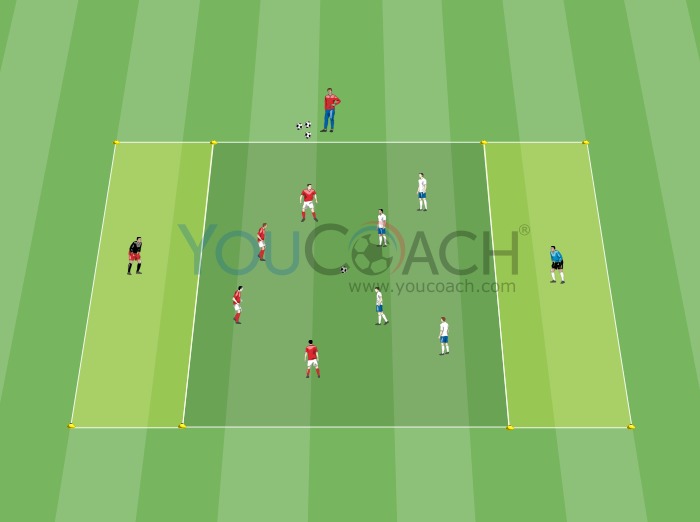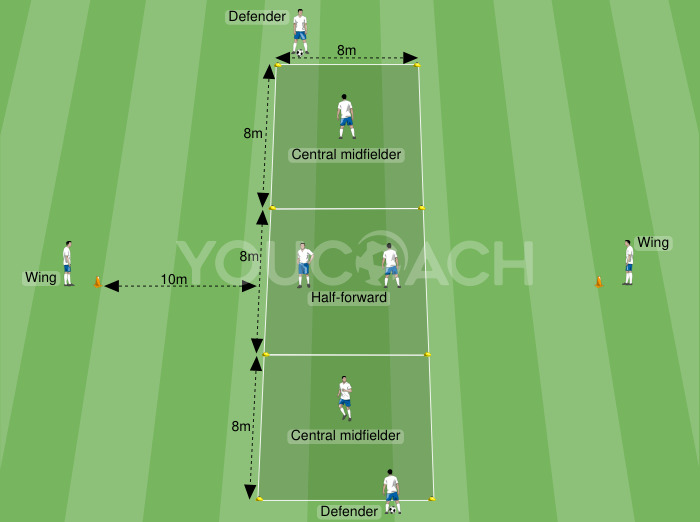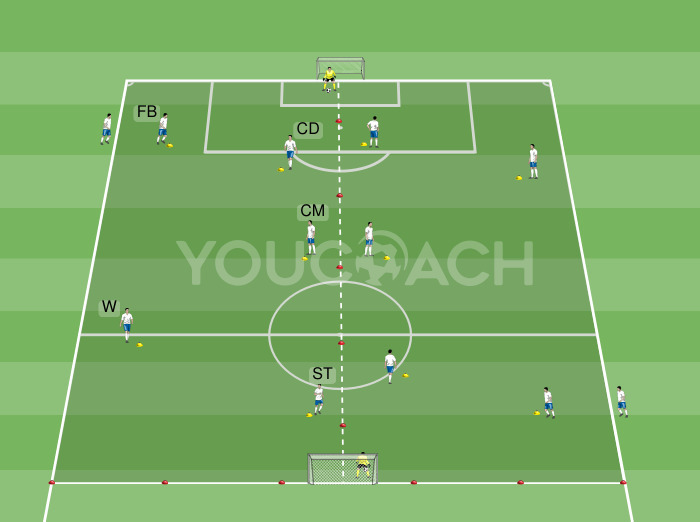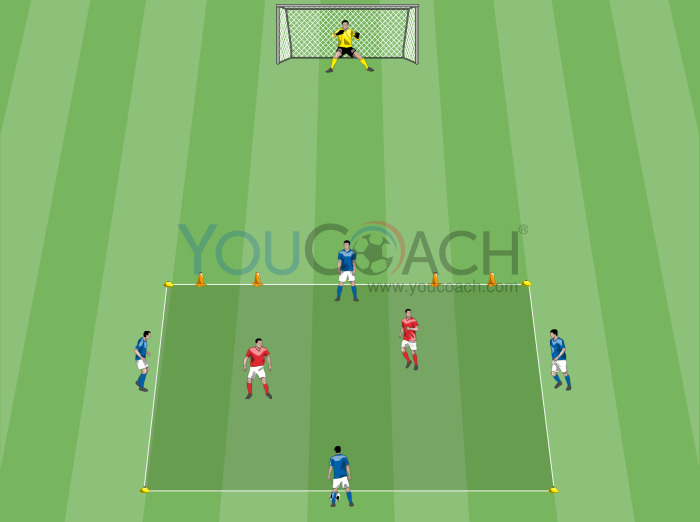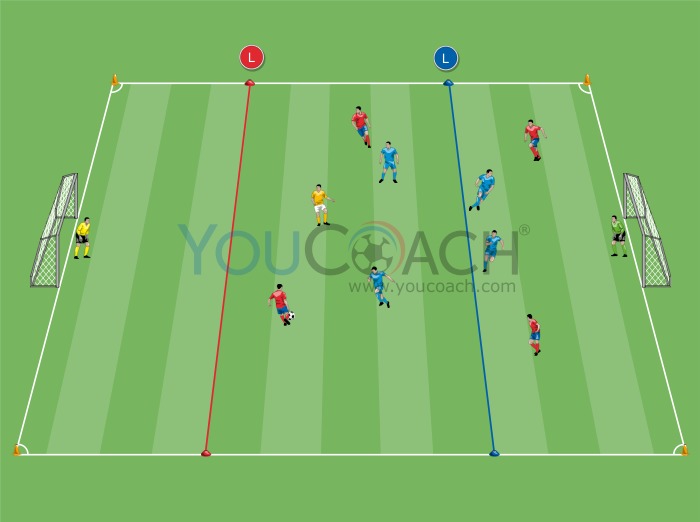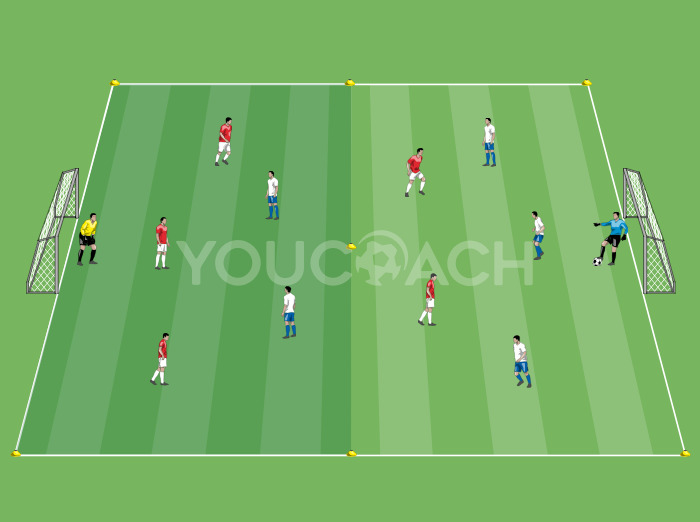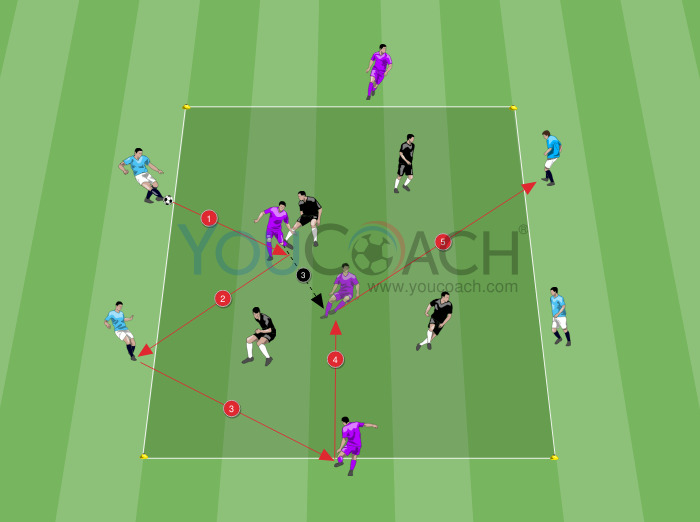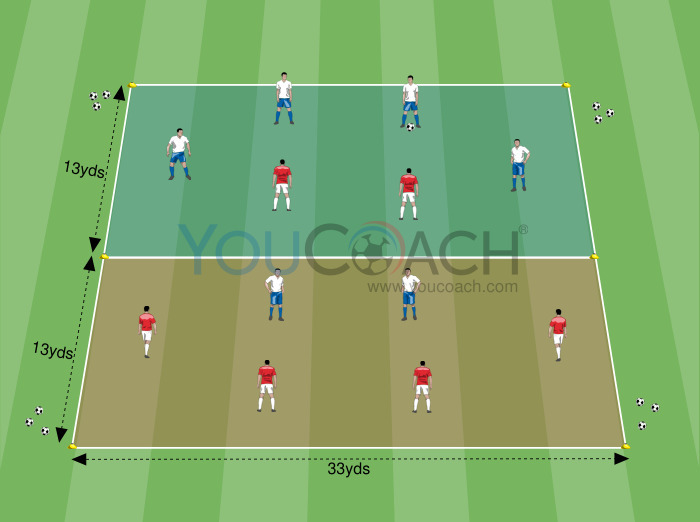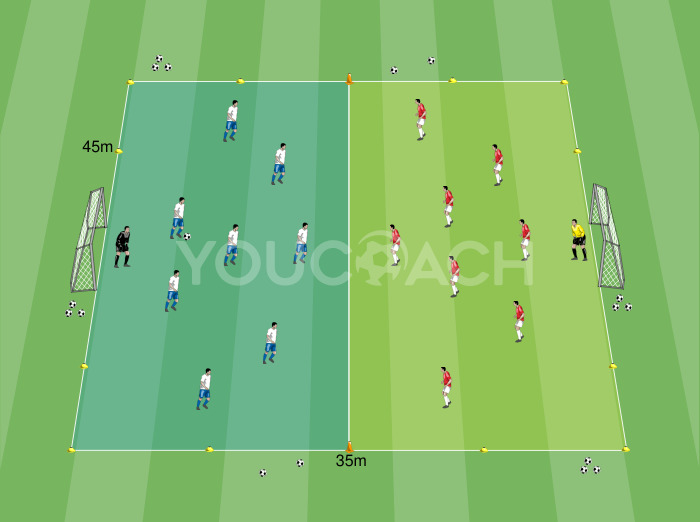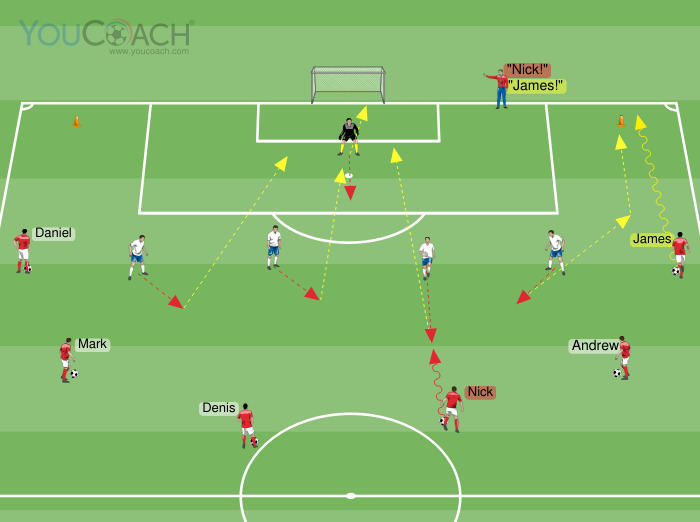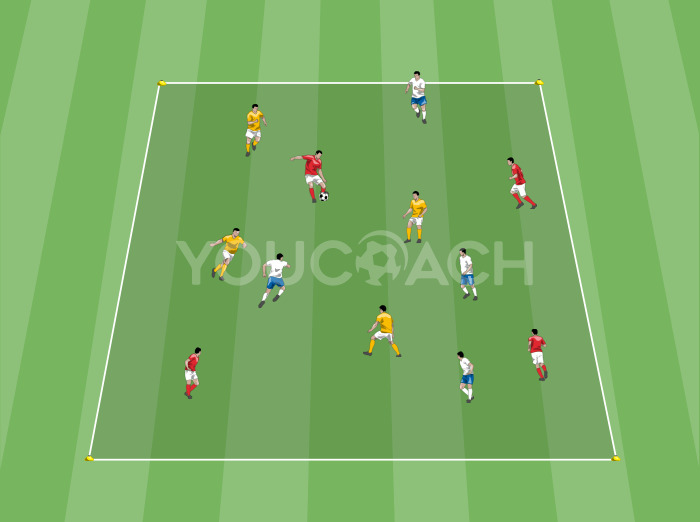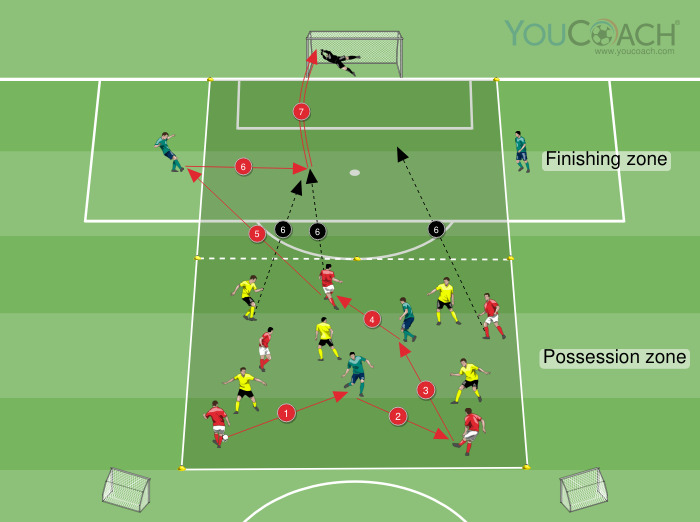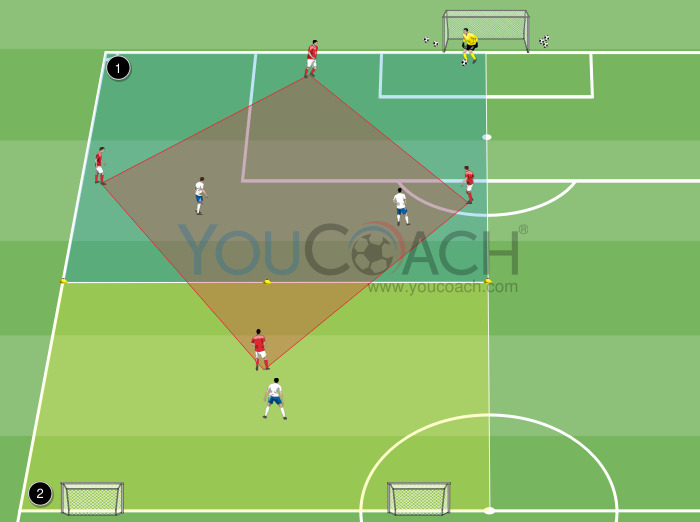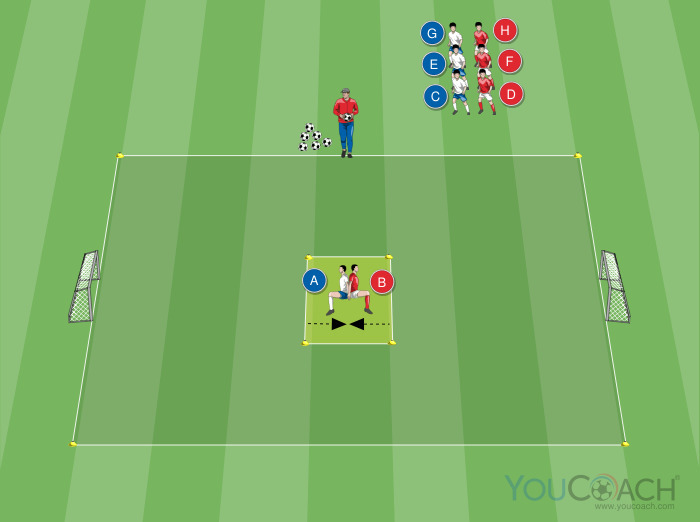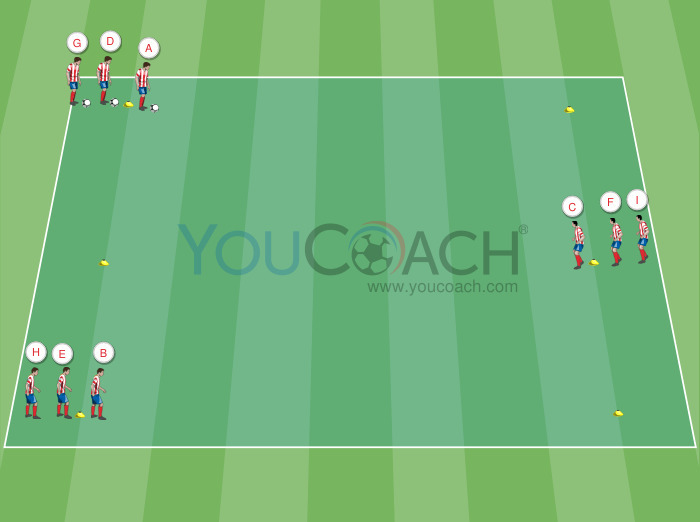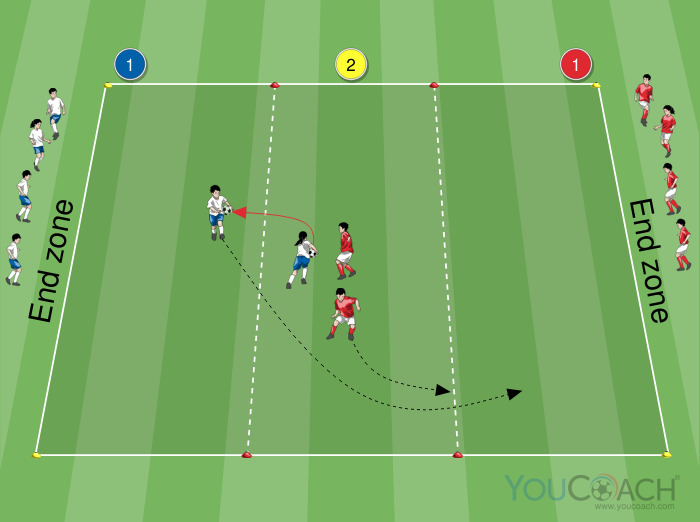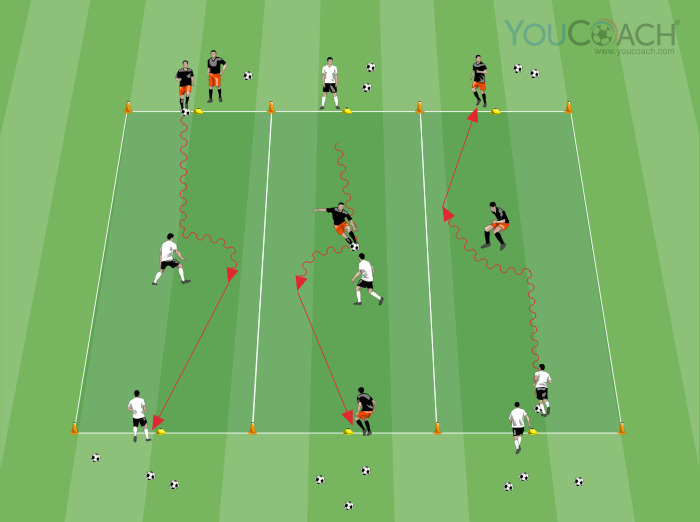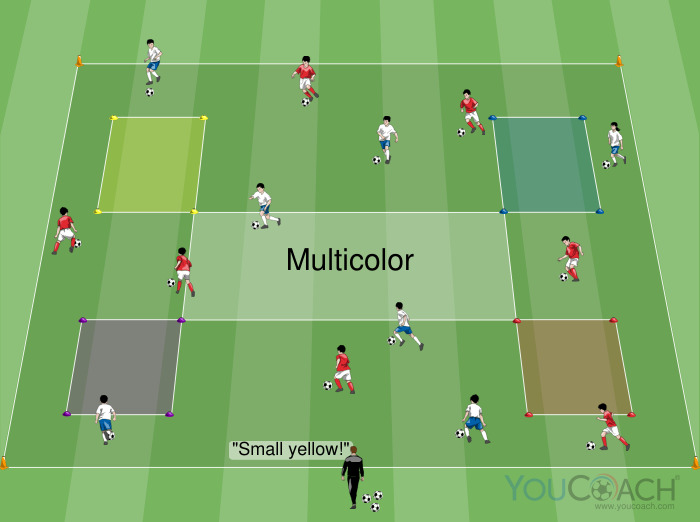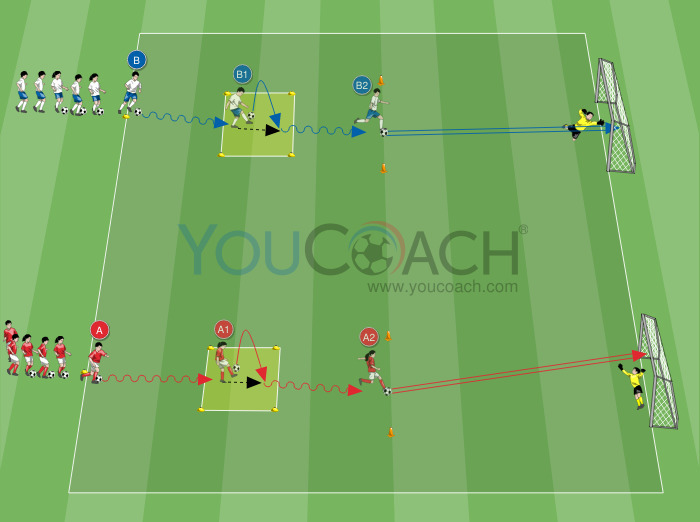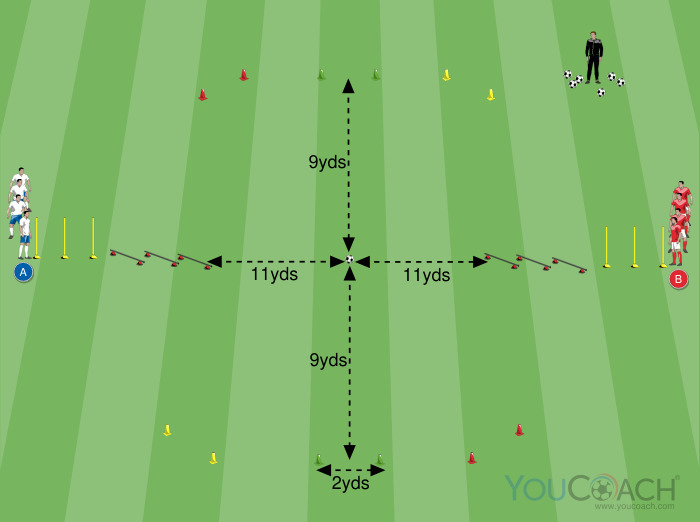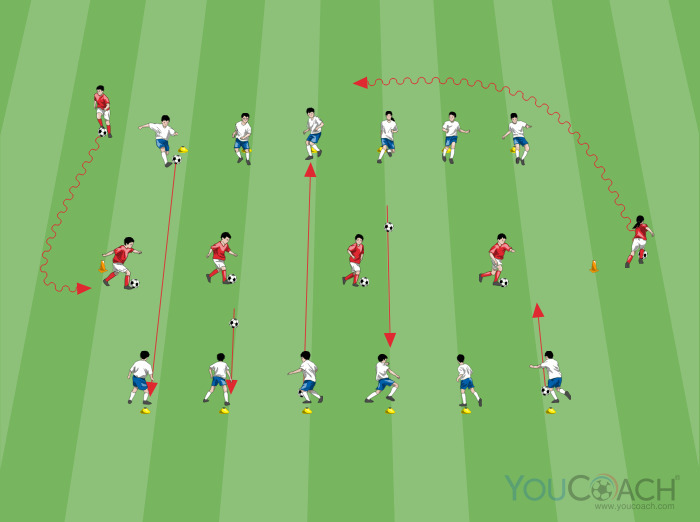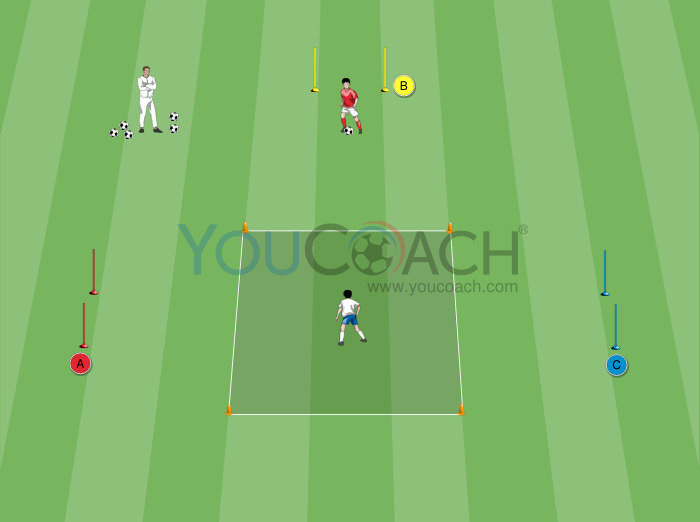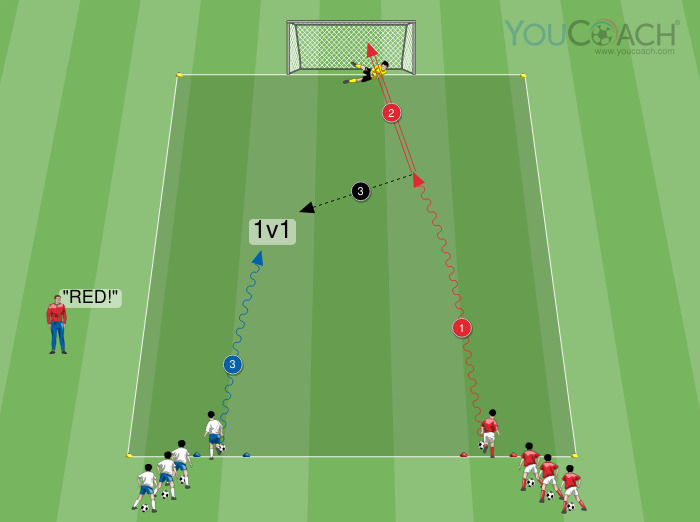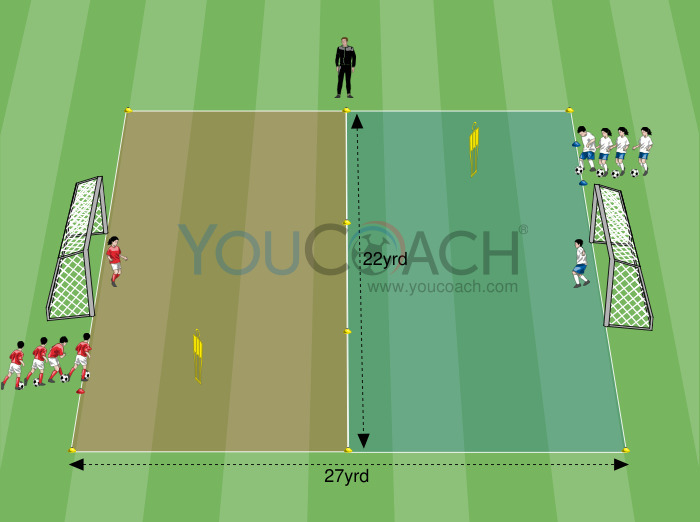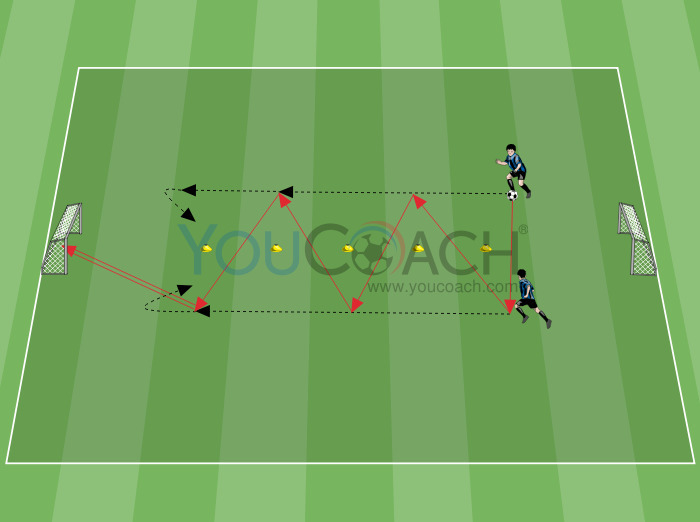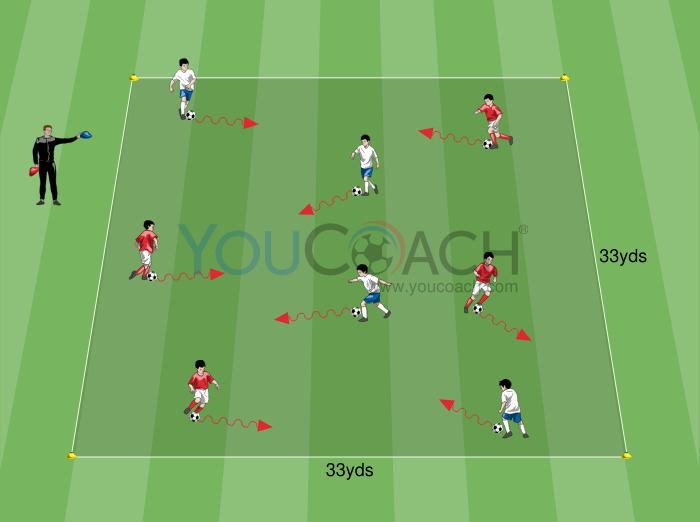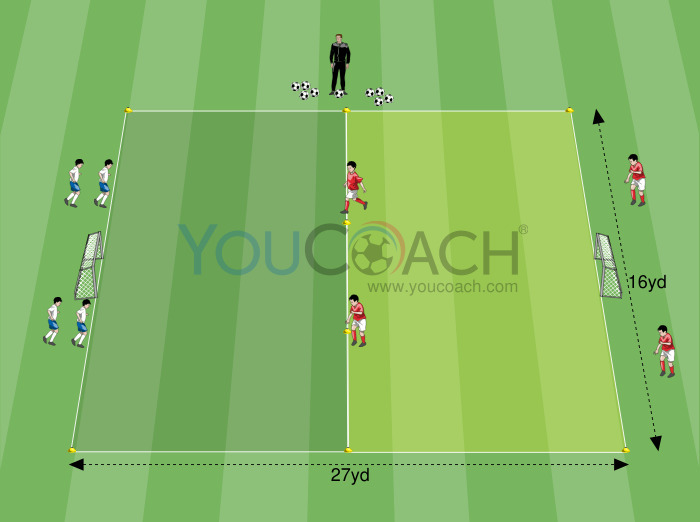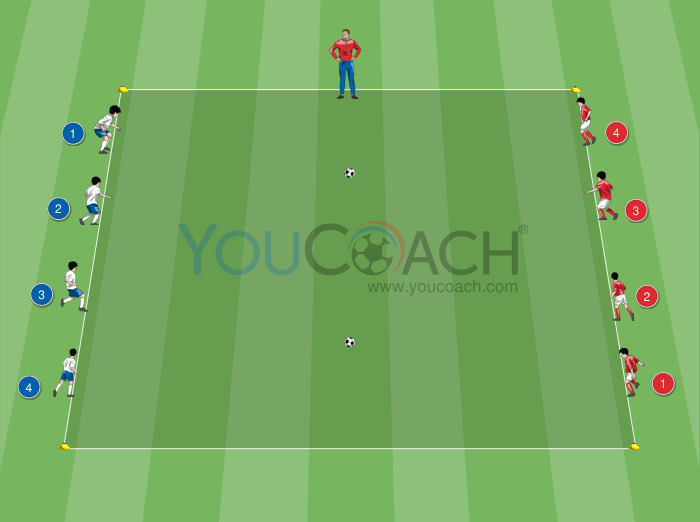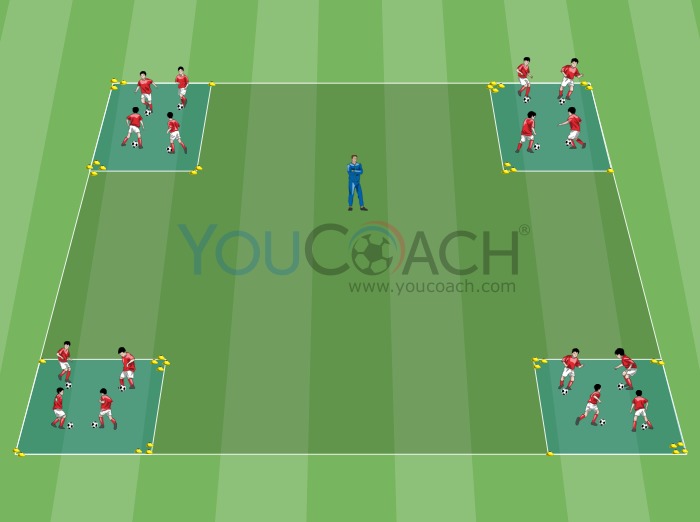Body Posture and orientation can speak volumes
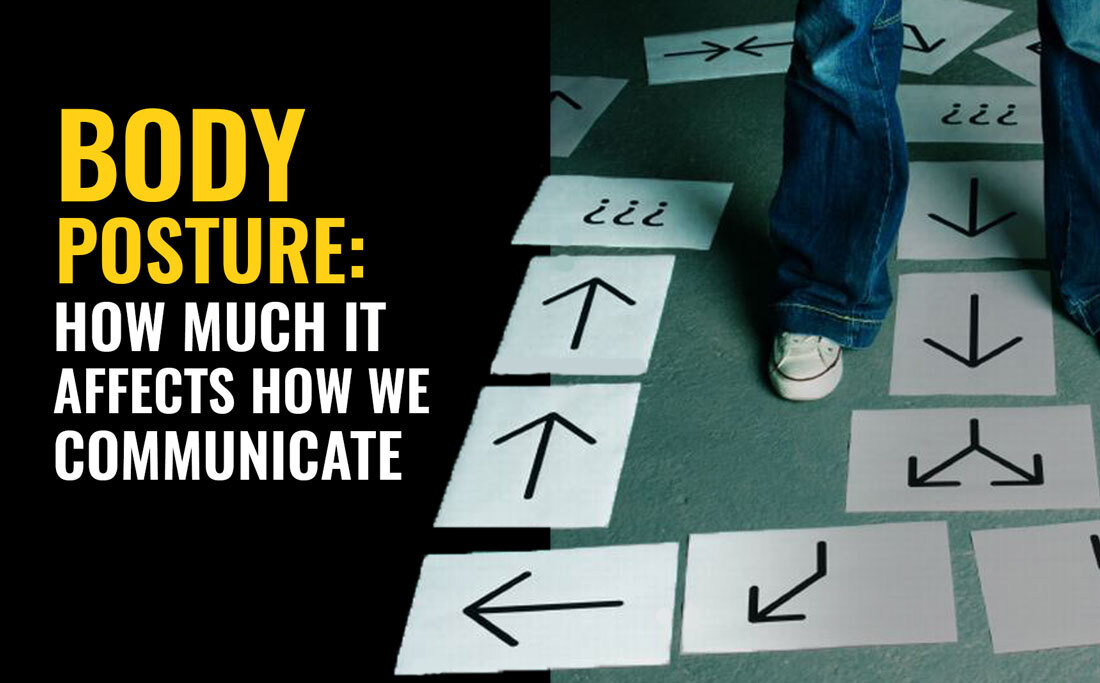
|
This article shows how a correct body posture and positioning affects communication in the coach-player relationship |
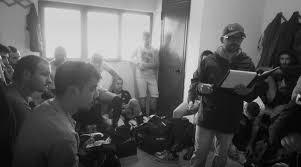
For a clearer and more effective explanation I’ll give you a practical example as I often do, drawn from my personal experience as a water polo player.
Meeting before the match: the coach is standing “at the head of the table” so to speak, while we athletes are sitting around the table. So far so good, you may say... were it not for the fact that two athletes were sitting beside him so as they can only see his shoulder, and one was sitting behind him entirely to his back!
The athletes beside him made funny faces and grumbled, and distracted us but he couldn’t see them. The one who sat behind him was forgotten. What's certain is that the more or less conscious choice of the coach to accept this arrangement during the meeting could only confirm the idea of poor value/interest/motivation of the athlete behind him in our view and in theirs.
And the icing on the cake: during the meeting (meetings were always too long, attention dropped inevitably and many concepts were lost) that athlete even dozed off!
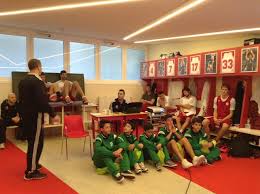
- The players out of my sight get easily distracted;
- Not sufficiently mature/motivated athletes can get distracted by stupid things (funny faces or a sleeping mate) done by those who are out of my sight;
- Someone may feel ruled out;
- Someone may become unmotivated;
- Some players don’t even listen: “I’ll not play, he isn’t talking to me, he didn’t even notice I’m behind him...”)
- Performance below expectations;
- Mistakes resulting from losing attention during tactical explanations;
- Impossibility of reading players’ feedbacks.
If during a short briefing or explanation I leave a player behind me, how could they feel? Are you inspiring confidence and attention? Are you communicating that your words are addressed to them too?“The coach just ignores me, he’ll not put me (back) on the field, I’ll not play... I’m worthless”. How can they listen to your words? Maybe they will be more likely to listen to their own negative thoughts...
And, on our turn, how can we understand if they are listening if we don’t even see them?!
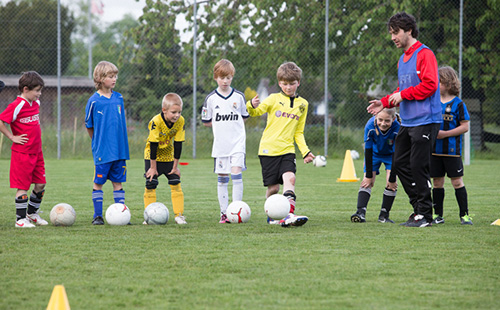
Obviously, there may be dynamic situations or specific moments that require a quick intervention, and there is no time or merely no need to create the almost perfect circle I described in a previous article, but this should be the exception rather than the rule resulting from the coach’s ignorance or disregard.
My poor former coaches are now being “reprimanded” by me! At the time, though fully respecting the roles and the authority that any coach should have, I just took note of those poorly effective or even deleterious attitudes (both for the individual and the game). I was astonished by the lack of attention for those details that make up communication (we are learning that they are a lot, both verbal and non verbal) and make the difference between an effective, constructive communication and a dysfunctional, sometimes disruptive one.
Anyway, I believe that a good coach is not the one that is never wrong, but the one that is not afraid of their or their players’ mistakes, can question theirselves and improve with humility and humanity! After all, the best people are this way.


